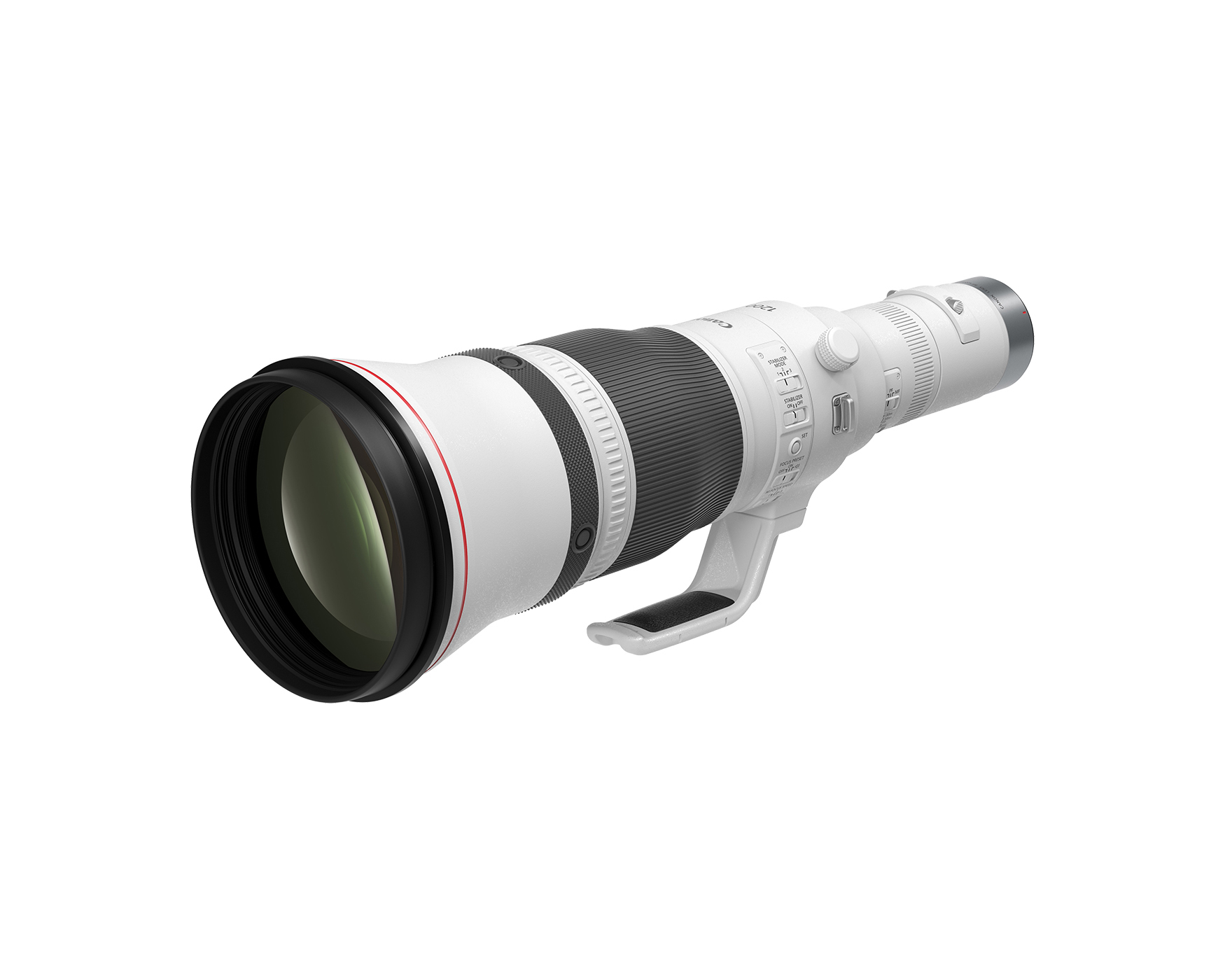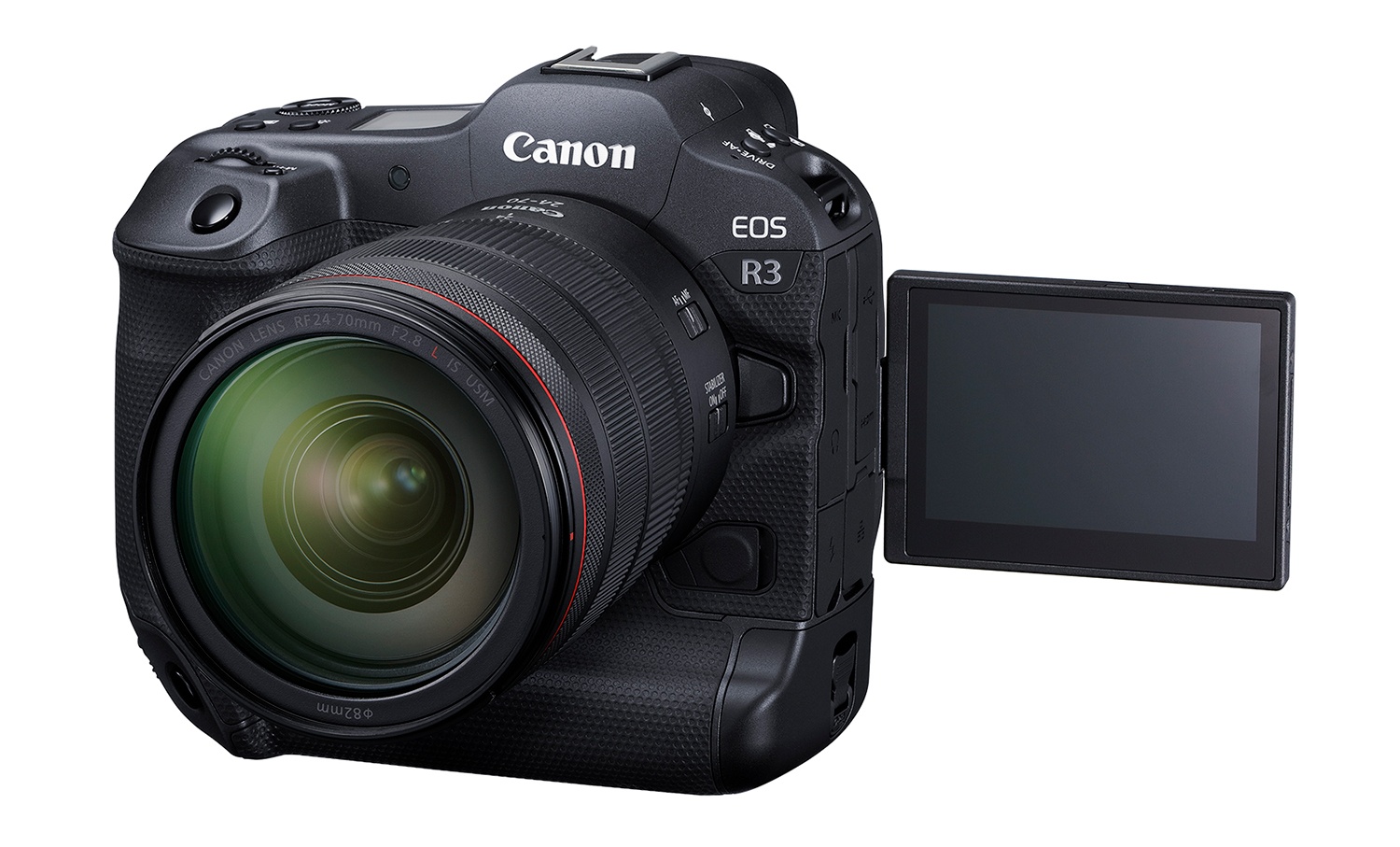Canon has released the LI5030SA, an imaging sensor for industrial and scientific applications, like microscopes,…
Canon Prototype Full-Frame Sensor Captures Fireflies at Less than 0.01 Lux

Canon published a press release about a prototype 35mm sensor (announced in March 2013). This sensor is capable to capture images in extreme low light, less than 0.01 lux. To give an example the full moon provides approximately 0.3 lux, the crescent moon approximately 0.03 lux. If you follow this link there is a sample video that shows what it is about.
The press release:
TOKYO, Japan, September 12, 2013—Canon Inc. has successfully captured video footage of Yaeyama-hime fireflies flying in darkness, a feat made possible by the high-sensitivity 35 mm full-frame CMOS sensor developed by Canon for video capture that was announced in March 2013.

Yaeyama-hime fireflies amid jungle vegetation
(Photomontage created from video footage)
35 mm full-frame CMOS sensor for
Full HD video capture
The high-sensitivity, low-noise video-shooting capabilities of the dedicated 35 mm full-frame CMOS sensor1for Full HD video capture were made possible not only through the integration of the high-performance sensor technologies employed in Canon’s digital SLR cameras, but also through the incorporation of new pixel and readout circuitry technologies that reduce noise.
Using a camera prototype equipped with the CMOS sensor, Canon, in cooperation with ZERO CORPORATION,2 succeeded in capturing video3 of the Yaeyama-hime fireflies that inhabit Japan’s Ishigaki Island, located off the northeastern coast of Taiwan. No artificial lighting was used during shooting, which took place after sunset amid the island’s mountains. Despite an exceptionally dark shooting environment4 of less than 0.01 lux, a level in which the naked eye would have difficulty discerning surrounding objects, the CMOS sensor was able to capture not only the color of the light emitted by the fireflies, each of which measures only a few millimeters in length, and their movements, but also the surrounding vegetation in which the species lives. Plans call for the footage to be used to benefit future research into the Yaeyama-hime firefly.
In addition to astronomical and natural observation, Canon is looking into applying this CMOS sensor to medical research purposes as well as surveillance and crime-prevention equipment. Through the further development of innovative CMOS sensors, Canon aims to expand the realm of photographic possibilities while cultivating the world of visual expression.




